I want to do a rounded rectangle outline on an NSImage and I figured that using NSBezierPath would be the best way. However, I ran into a problem: instead of drawing a nice curve, I get this:

For reasons I can't understand, NSBezierPath is drawing the rounded part with a darker color than the rest.
Here's the code I'm using (inside a drawRect: call on a custom view):
NSBezierPath* bp = [NSBezierPath bezierPathWithRoundedRect: self.bounds xRadius: 5 yRadius: 5];
[[[NSColor blackColor] colorWithAlphaComponent: 0.5] setStroke];
[bp stroke];
Any ideas?
Edit:
If I inset the path by 0.5 everything draws just fine. But why is it that I get this when I offset the path by 10 pixels (for example)?

If I understand correctly, it should draw a thin line as well...

